FCA issues warning to firms over AML failings
Neopay
MARCH 7, 2024
In a recent move, the Financial Conduct Authority (FCA) has taken a significant step in addressing the prevalent anti-money laundering (AML) shortcomings among Annex 1 firms. It is imperative for these firms to promptly address any identified shortcomings to align with regulatory expectations. These must be addressed.”

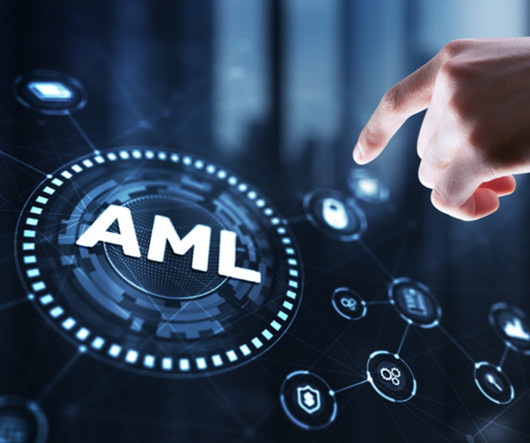



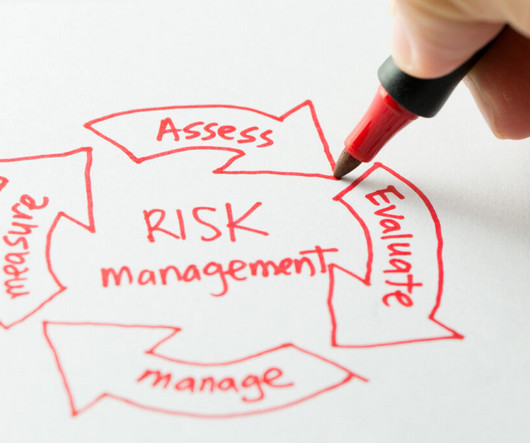
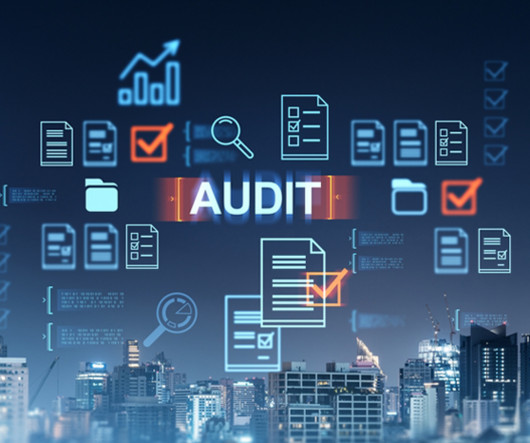










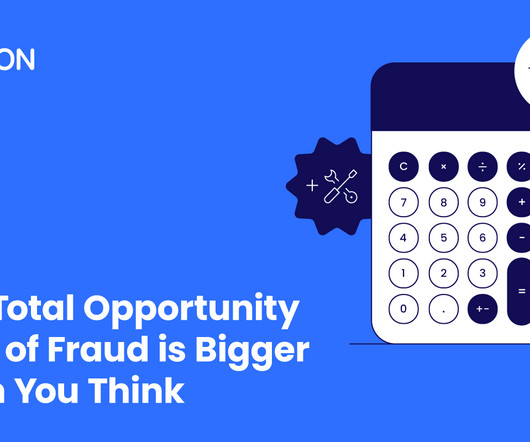

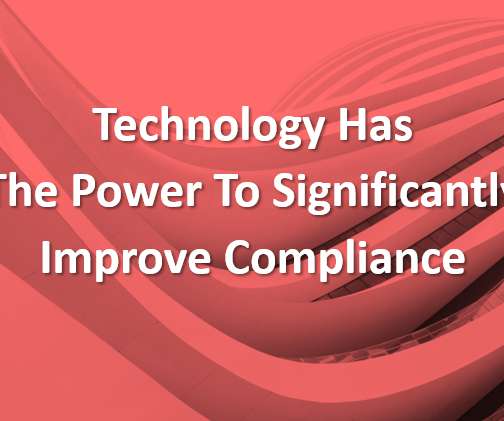










Let's personalize your content